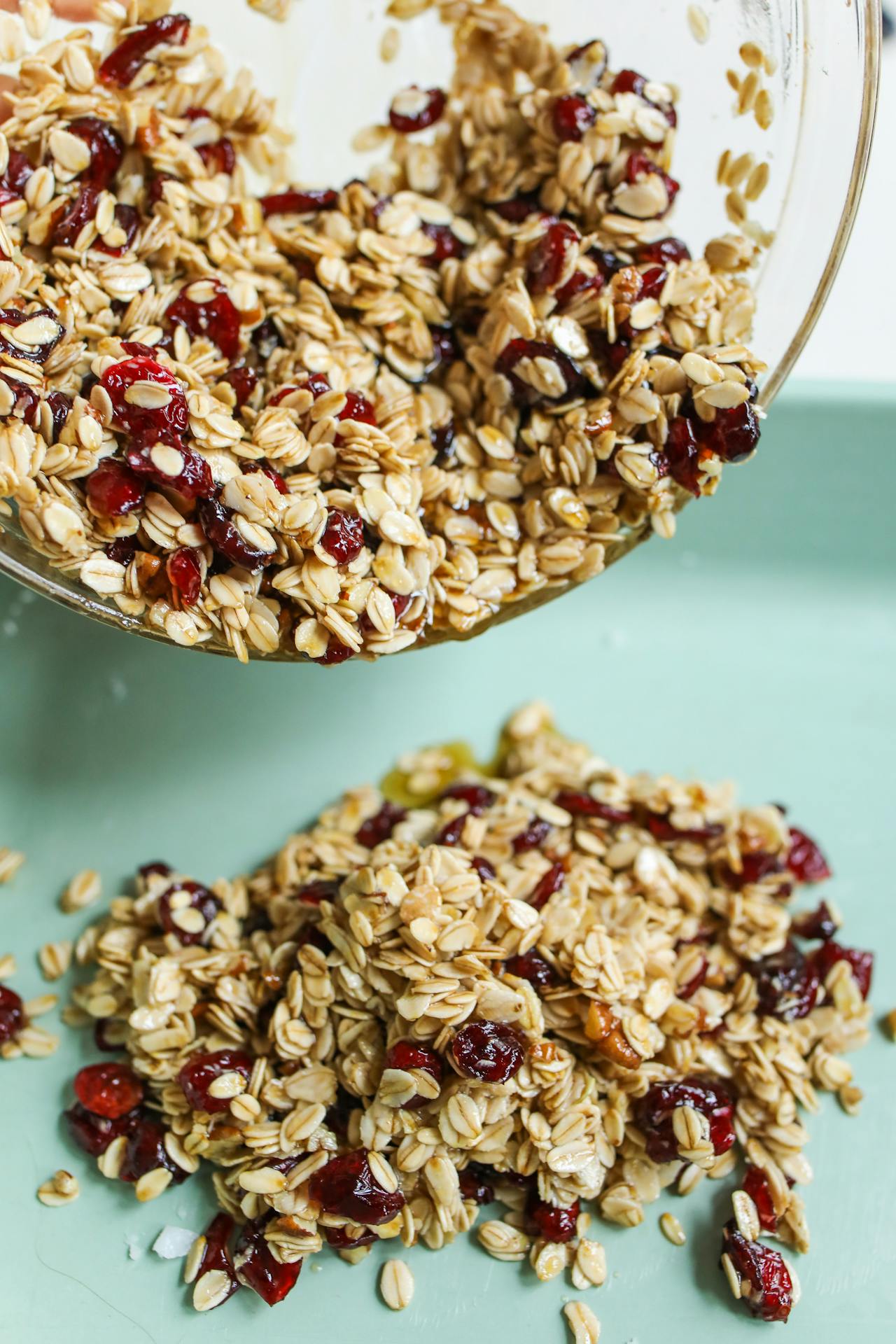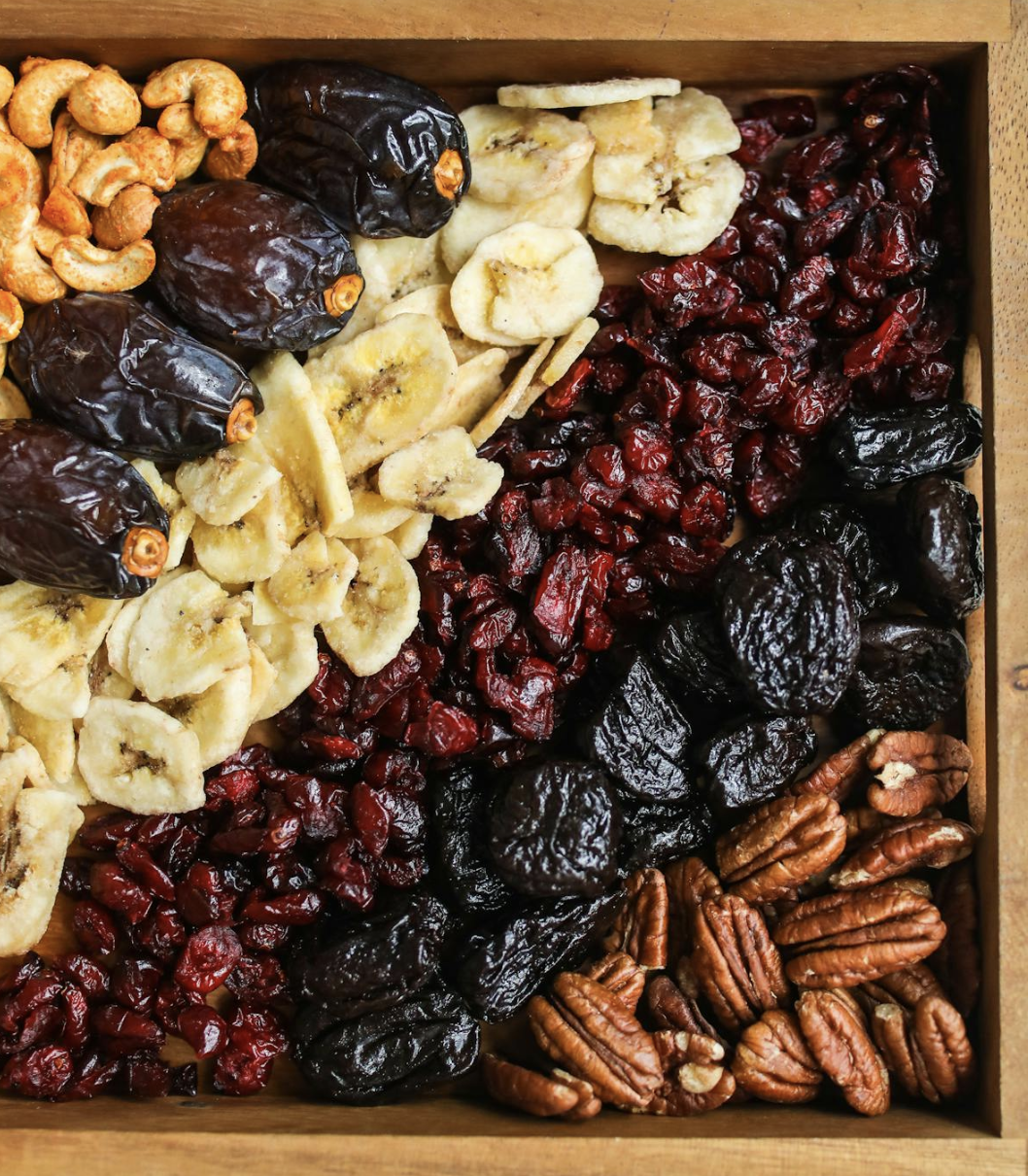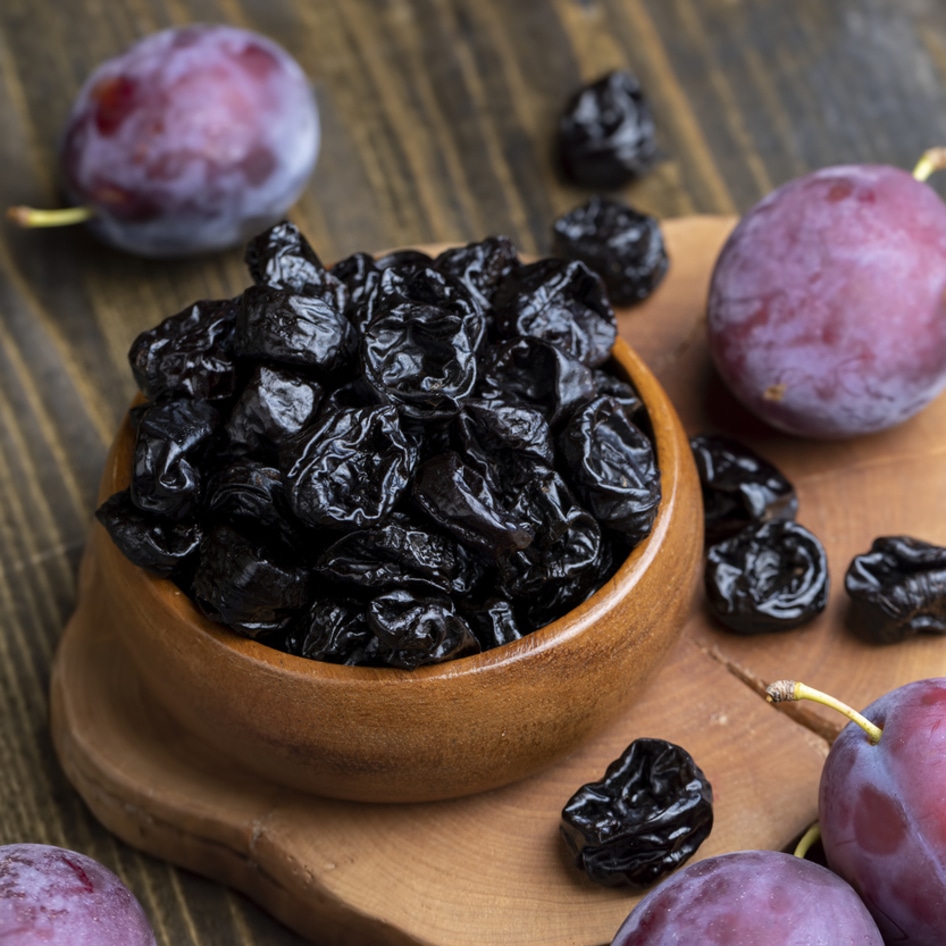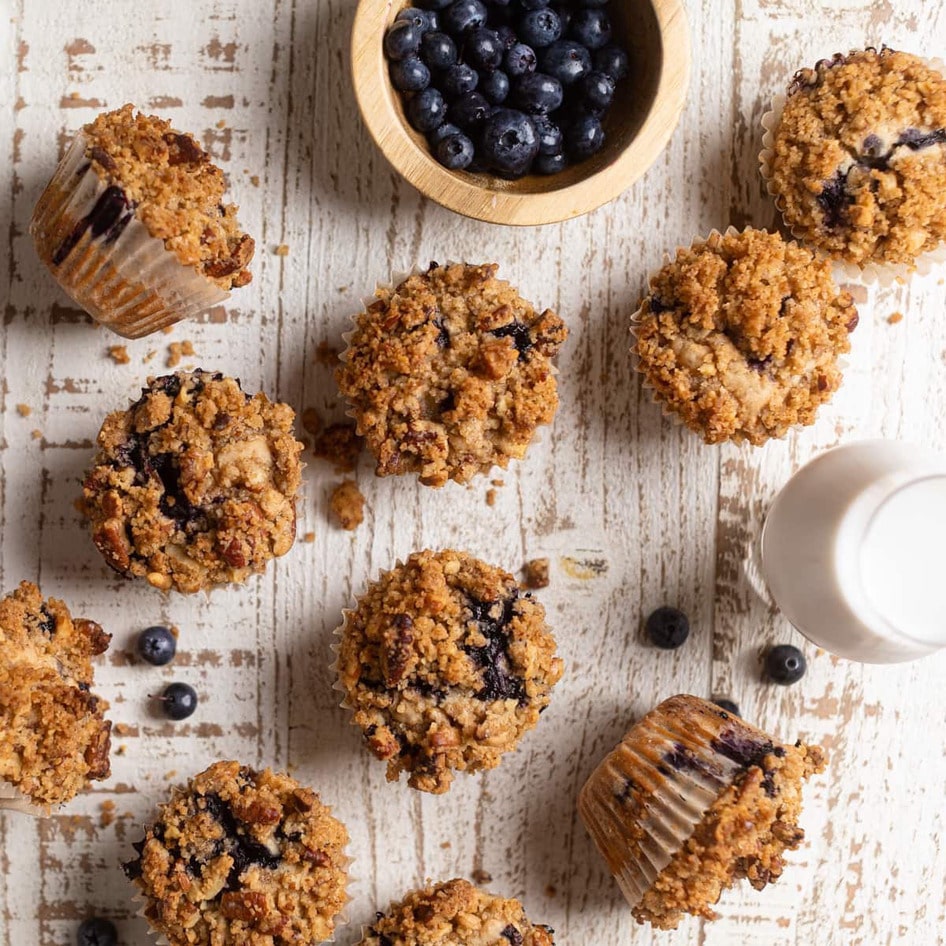Humans have been drying and eating fruit for thousands of years. To illustrate just how long: researchers have discovered wall paintings from the Mesopotamian era depicting dried fruit. This practice also has deep roots in the Middle East and Mediterranean regions, where early civilizations likely dried fruit in the sun to extend its shelf life. After all, fresh fruit spoils quickly—especially in warm climates—while dried fruit can last for months.
Today, dried fruit remains a popular snack. In fact, the global dried fruit market was valued at nearly $7 billion in 2024 and is projected to surpass $10 billion by 2032. Yet despite its popularity, dried fruit doesn’t always enjoy the best reputation. Some critics refer to it as “nature’s candy” because of its high sugar content. But the truth is more nuanced. Here’s what the research shows.
 Pexels
Pexels
Are dried fruits actually healthy?
Let’s start with the positives: dried fruits are, after all, still fruits—which means they’re packed with vitamins, minerals, antioxidants, and fiber. In fact, they can be even more nutrient-dense than fresh fruit. During the drying process, water is removed, shrinking the fruit’s size but leaving its nutritional content largely intact. As a result, dried fruit can contain up to 3.5 times more fiber, vitamins, and minerals than fresh fruit, according to Healthline.
These nutrients may offer real health benefits. A recent study from the University of Science and Technology in Anhui, China, analyzed the breakfast habits of more than 186,000 British adults. The researchers found that those who ate dried fruit with cereal in the morning had an 18 percent lower risk of dying from heart disease and an 11 percent lower risk of dying from cancer.
These effects may be linked to the antioxidant content of dried fruits. Prunes—dried plums—are particularly rich in anthocyanins, polyphenols, and flavonoids, compounds known to reduce cell damage and inflammation. Other dried fruits, such as raisins, dates, and cranberries, offer similar benefits.
But there is a downside to dried fruit. Fruit contains natural sugars, which is why it tastes sweet. But during the drying process, this sugar is concentrated considerably. This means that dried fruit is much higher in sugar than fresh. For example, a cup of fresh grapes contains about 15 grams of sugar, while a cup of raisins—the dried version of grapes—contains over 85 grams. That’s more than five times the sugar, in a much smaller serving size.
 Pexels
Pexels
BECOME A VEGNEWS VIP: Get exclusive product deals, freebies, and perks galore!
What are the health risks of consuming dried fruit?
All the natural sugar in dried fruit can increase the risk of a few health concerns—especially when it comes to your teeth. “Anything that’s sweet and sticks to your teeth for a long time has the potential to contribute to tooth decay,” says Allen Job, DDS, MS, MPH, of All Smiles Pediatric Dentistry. “The longer that sugar sits on teeth, the happier your mouth bacteria are as they chomp away and produce the acid that can attack your enamel.”
That said, Job also acknowledges that dried fruits offer notable health benefits thanks to their dense nutritional profile—and some of those benefits may even extend to your oral health. For instance, polyphenols found in certain dried fruits have been linked to reducing plaque buildup.
“Because there is some evidence to suggest dried fruit may benefit oral health in certain ways—and since it contains important nutrients for our bodies—we say it’s a great option for hungry little tummies,” Job adds.
He does recommend drinking plenty of water when eating dried fruit and choosing varieties without added sugar.
Dried fruit can also cause digestive discomfort for some people, including bloating and gas. This is largely due to its high fiber and natural sugar content, which can ferment in the gut. However, when eaten in moderation, dried fruits like prunes and dates can actually support digestion by helping to promote regular bowel movements.
Dried fruit: eat or skip?
When it comes to dried fruit, there are plenty of reasons to enjoy it—just don’t overdo it. The key is moderation. “When in doubt on portion sizes, aim to eat no more than half as much dried fruit as you would fresh fruit,” advises Harvard Health. “So if you’d eat one cup of fresh cherries, serve yourself half a cup of dried cherries.”
It’s also smart to choose dried fruit without added sugar or artificial ingredients—always check the label.
Ready to add more dried fruit to your diet? Check out our go-to recipe for dried mango fruit roll-ups. You can also explore our guide to eating more prunes, along with some of our favorite recipes using dates.
For more plant-based stories like this, read:
JUMP TO ... Latest News | Recipes | Guides | Health | Subscribe









